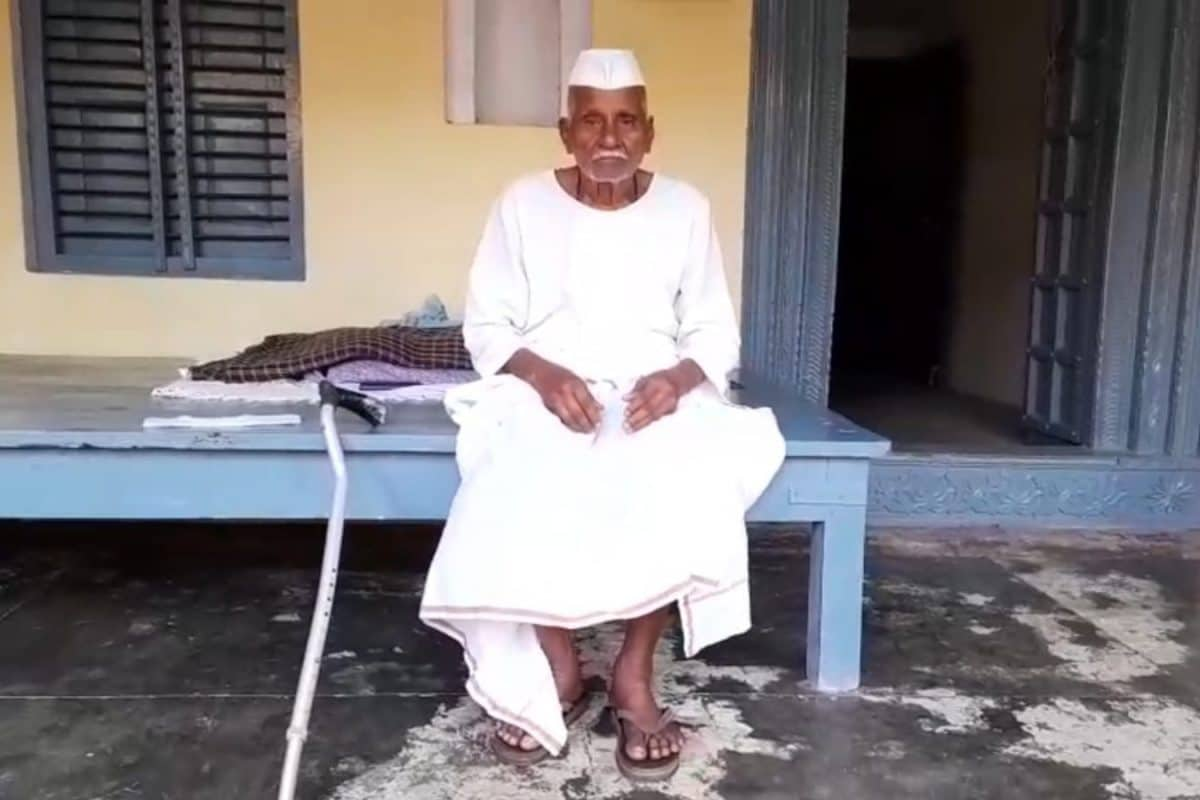

Uttar Pradesh, a region steeped in history and pivotal to India's independence movement, is witnessing a poignant decline in its living links to that era. Official data indicates that the number of surviving freedom fighters in the state has dwindled to a mere 15. This stark reality underscores the urgency to recognize and preserve the legacies of these individuals who played a crucial role in shaping the nation's destiny.
The dwindling number is a consequence of the natural aging process. According to a five-year data review, Uttar Pradesh may have no surviving freedom fighters by mid-2026. As of December 2020, there were 73 freedom fighters receiving government recognition and support, but by December 2024, this number had plummeted to just 21. This translates to an average annual decline of 13 freedom fighters per year. While the number of veterans decreases, the number of their dependents continues to grow; a total of 884 dependents of freedom fighters are still receiving support. The combined number of freedom fighters and their dependents fell from 1,314 in 2020 to 905 in 2024.
The freedom fighters, most of whom were born in the early 1920s or before, are now in their late 80s or beyond. The state provides a monthly pension of ₹20,176 to surviving freedom fighters, along with additional benefits, including transport and cremation assistance. In the fiscal year 2023-24, the government allocated ₹20 lakh for transport, with ₹1,45,008 being utilized.
Uttar Pradesh has been a fertile ground for producing revolutionary figures. Some prominent freedom fighters from Uttar Pradesh include Mangal Pandey, Ashfaqulla Khan, Chandra Shekhar Azad, Bakht Khan and Rani Lakshmibai. The state was also home to unsung heroes like Dr. Murari Lal and Kanhaiyalal Dixit, who courageously led protests, supported revolutionaries, and fought British oppression.
The contributions of Uttar Pradesh to India's independence are immense. The state was an active center of the freedom movement, with most of the active centers of the First War of Indian Independence, 1857, located there. Uttar Pradesh supplied both intellectual and mass support to the freedom struggle led by the Congress. Revolutionary strands of the freedom movement also find a strong connection with Uttar Pradesh.
Recognizing the importance of preserving the legacies of these freedom fighters, the Uttar Pradesh government has been undertaking several initiatives, including constructing memorials, organizing public events, and implementing educational campaigns. Chief Minister Yogi Adityanath has emphasized the importance of patriotism and urged citizens to buy indigenous products to strengthen the economy and support local artisans.
In two Greater Noida villages, Kanarsi and Junaidpur, stories of freedom fighters Chandu Singh Nagar and Dariyav Singh Nagar live on. Chandu Singh joined the Azad Hind Fauj under Netaji Subhas Chandra Bose in 1942. Dariyav Singh confronted British soldiers in 1857 and was later hanged for his defiance.
As the last generation with living memory of the freedom struggle fades away, it is crucial to document their stories and the values they stood for. The state government's efforts to preserve their legacies serve as a reminder of the sacrifices made for India's independence and inspire future generations to uphold the values of freedom and patriotism.